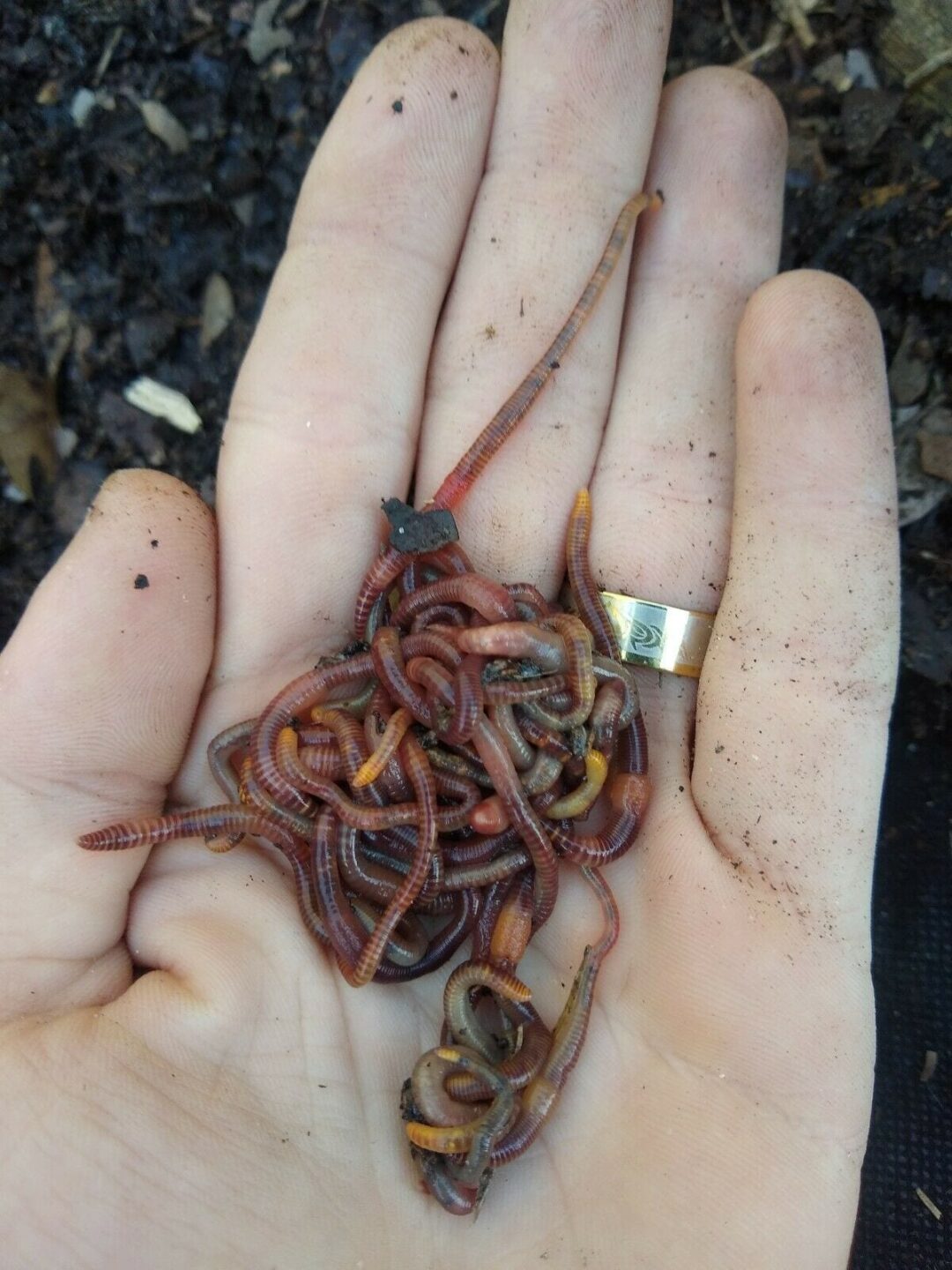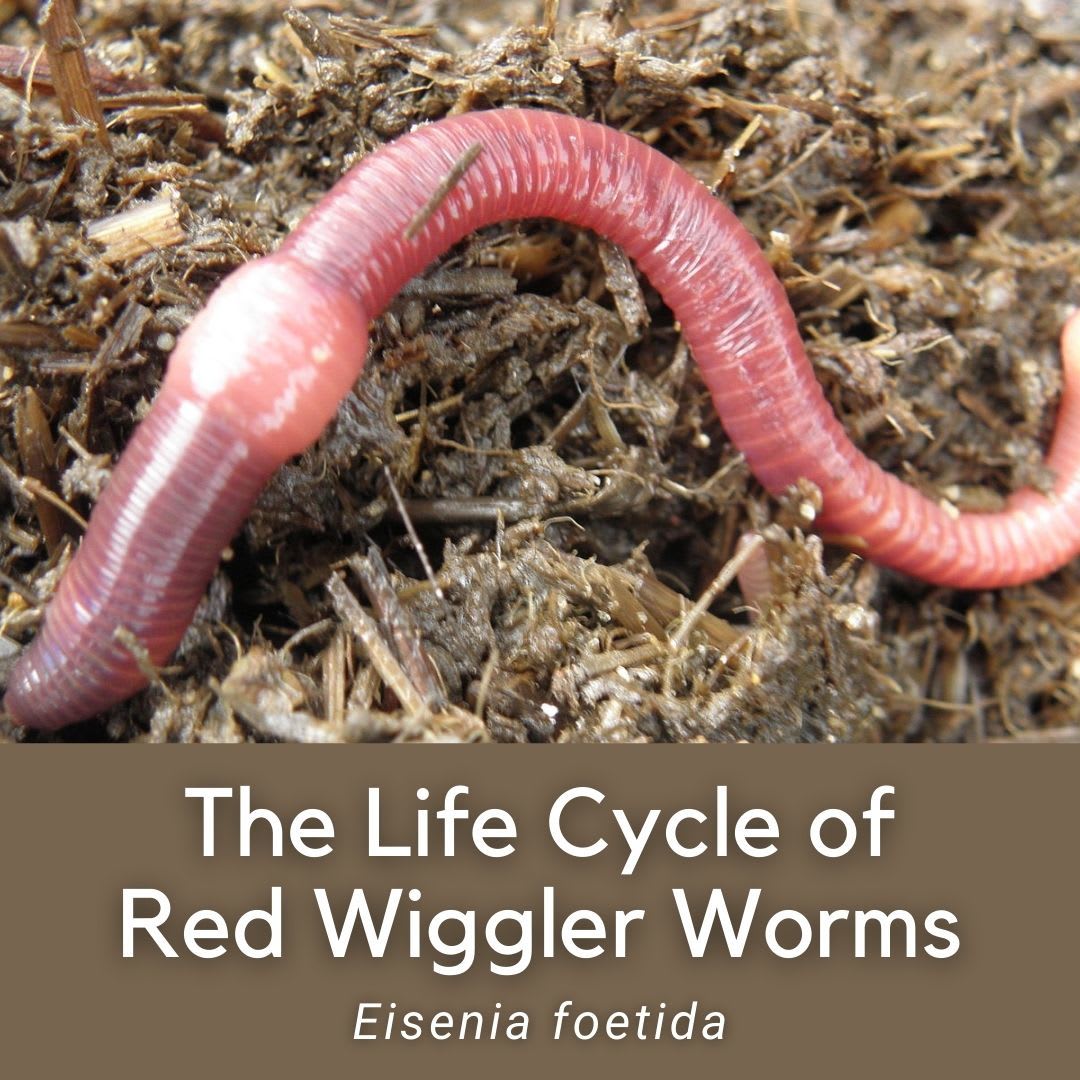Lake Hickory Bait: A Trusted Provider for Premium Bait and Tackle
Lake Hickory Bait: A Trusted Provider for Premium Bait and Tackle
Blog Article
Red Wigglers: The Unsung Heroes of Organic Waste Recycling
Red wigglers, or Eisenia fetida, work as vital agents in the natural waste reusing procedure, changing discarded materials into important vermicompost. Their effective malfunction of natural issue not just boosts dirt quality but additionally contributes to lasting waste management methods. As the world increasingly looks for remedies to battle waste buildup and improve agricultural efficiency, comprehending the function of these worms ends up being important. What mechanisms allow them to grow in compost settings, and exactly how can they be successfully used in both property and business settings? Discovering these inquiries reveals the wider implications of vermicomposting in our ecological landscape.
What Are Red Wigglers?
The exceptional strength of red wigglers, medically called Eisenia fetida, highlights their crucial role in natural waste recycling. These small, reddish-brown earthworms are typically discovered in breaking down organic issue, such as compost stacks and manure lots. Lake Hickory Bait. Unlike other earthworm species, red wigglers thrive in nutrient-rich settings and are extremely reliable at damaging down natural products, making them important for vermicomposting

(Lake Hickory Bait)Along with their role in waste reduction, red wigglers add to dirt health by improving soil framework and oygenation with their delving tasks (Lake Hickory Bait). Their presence in composting systems not only enhances decomposition rates however likewise advertises a lasting strategy to waste management, showing their value in eco-friendly conservation initiatives
Advantages of Composting With Worms
Composting with worms, especially red wigglers, uses countless advantages that boost both waste monitoring and dirt wellness. Initially, these worms effectively damage down natural waste, transforming it into nutrient-rich vermicompost that enhances soil. This procedure accelerates disintegration, enabling for a quicker recycling of cooking area scraps and various other natural materials compared to traditional composting techniques.
Furthermore, the vermicompost created by red wigglers is including helpful microbes, which help improve dirt framework, aeration, and moisture retention. This enhances the overall wellness of plants, advertising vigorous development and raised returns in gardens and agricultural setups. Moreover, using worms in composting lessens the production of greenhouse gases, such as methane, adding to an extra sustainable waste management system.

How to Beginning Vermicomposting
Establishing a vermicomposting system is a straightforward process that can produce substantial advantages for both waste monitoring and soil enrichment. To begin, select an appropriate container, such as a plastic container or wooden box, with appropriate air flow openings to make certain appropriate air movement. The measurements need to preferably be about 2 feet by 3 feet, permitting ample space for the worms to prosper.
Following, prepare bed linens product, which can be composed of shredded paper, cardboard, or coconut coir. This bed linens needs to be moistened to produce an ideal environment for the worms. When the bed linen is in location, present red wigglers (Eisenia fetida) right into the container, commonly around one extra pound of worms for every single square foot of area.
Adhering to the placement of worms, add natural waste, such as fruit and vegetable scraps, coffee grounds, and crushed eggshells. With these actions, you will properly start a vermicomposting system that contributes to lasting waste management and enriches your dirt.
Preserving a Healthy Worm Container
(Red Wiggler Express)Maintaining a worm bin thriving requires regular interest and like guarantee the health of the red wigglers and the effectiveness of the composting procedure. Appropriate upkeep begins with monitoring the dampness levels; the container should be wet however not waterlogged. An excellent guideline is to keep a consistency comparable to a wrung-out sponge.
Delicately blending the bedding and food scraps every few weeks stops compaction and makes certain that all worms have access to oxygen. Furthermore, it is vital to feed the worms appropriately.
If the container ends up being as well hot or cold, the worms may end up being worried. By faithfully taking care of these aspects, one can preserve a robust and efficient worm bin.
Impact on Lasting Living
The effective maintenance of a worm bin not only benefits the health of red wigglers yet additionally contributes dramatically to lasting living techniques. By recycling organic waste, such as cooking area scraps and backyard debris, red wigglers assist divert significant quantities of material from land fills. This decrease in waste not just reduces i was reading this greenhouse gas emissions yet likewise minimizes the environmental burden linked with waste administration.
Furthermore, the castings produced by red wigglers serve as a nutrient-rich natural plant food, boosting dirt health and wellness and promoting plant development. This natural option to chemical fertilizers sustains sustainable farming and gardening techniques, reducing dependence on synthetic inputs that can damage ecological communities. Furthermore, worm composting fosters awareness of waste monitoring, motivating people and neighborhoods to take on even more sustainable habits.

Conclusion
In recap, red wigglers serve as essential factors to natural waste recycling via their effective decomposition of natural products. By integrating vermicomposting into waste monitoring methods, people and areas can significantly decrease waste while advertising environmental sustainability.
Report this page